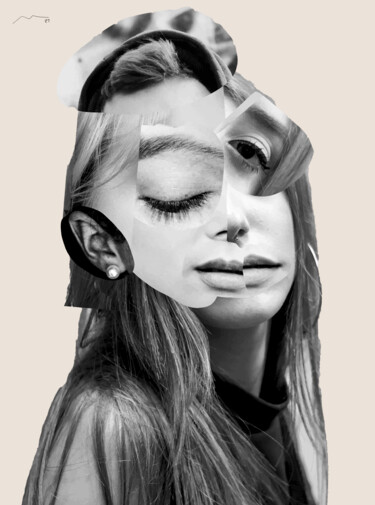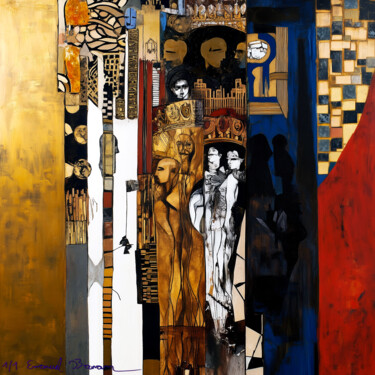
806 原始限量版和数字艺术作品出售:
你在找出售原创数字艺术作品吗?
探索所有风格和所有数字艺术技术:当代艺术、街头艺术、抽象艺术、具象艺术...... ArtMajeur 迎合所有艺术敏感性,20 年来一直在您身边庆祝美,有超过 360 万件当代艺术作品供您探索。 .. 或获取!发现来自世界各地的当代艺术家的作品,用一流的方式装饰您的室内!单纯的艺术爱好者还是公认的收藏家?找到最喜欢的画布或绘画,真正增强您的装饰效果。 ArtMajeur 为您提供世界上最优秀的当代艺术家的原创作品、限量版和艺术版画。在 ArtMajeur 上,数字艺术作品由艺术市场的爱好者和专家挑选。我们为您精选时尚、获奖、知名艺术家的原创作品,以及当代艺术领域新崛起的价值,为您在线购买数字艺术提供指导和帮助。
Discover contemporary Cubism Digital Arts on ArtMajeur
Contemporary Cubism Digital Arts is a modern interpretation of the Cubist movement that was originated in the early 20th century. The main types of supports and materials used in this art form are digital software and tools that enable artists to create complex designs and compositions. Unlike traditional Cubism, contemporary Cubism Digital Arts is unique in that it can be produced entirely on a computer, providing endless possibilities for experimentation and creative expression. The use of vibrant colors, geometric shapes, and fragmented forms creates a dynamic and visually stimulating experience for the viewer. This type of original artwork is a captivating representation of the intersection between technology and art, pushing the boundaries of what is possible in the digital age.

©2023 Emanuel Baumann
Origins and History
Contemporary Cubism Digital Arts is an art movement that originated in the early 20th century. The movement was inspired by the works of Pablo Picasso and Georges Braque, who created Cubism in 1907. This art style focused on breaking down objects into simple geometric shapes and planes. Cubism became popular in the 1920s and 1930s, and it influenced other art movements like Futurism and Surrealism. In the 21st century, artists began to incorporate digital technology into their works, creating new forms of Cubism that reflect the digital age. These artists use software programs to manipulate shapes and colors, creating complex and abstract artworks. Contemporary Cubism Digital Arts has become a popular style in the digital art world, with artists creating works that challenge traditional notions of art and reality. Some of the important queries related to this movement include the role of technology in art, the relationship between traditional and digital art, and the evolution of art movements over time.

©2024 Frédéric Font (Chroma)
Evolutions of theses works in the contemporary art market
Contemporary Cubism Digital Arts have been evolving rapidly in recent years, with artists exploring new technologies and techniques to create mesmerizing works of art. This genre has gained popularity in the contemporary art market due to its unique style, which blends traditional Cubist techniques with modern digital tools. The use of geometric shapes, bold colors, and fragmented images creates a dynamic experience for the viewer, who is drawn into the artwork’s intricate details. These digital artworks have been seen as a way to bridge the gap between traditional art forms and modern technology, making them increasingly important in the art world. The use of computers, software, and digital tools has allowed artists to create works that are not only visually stunning but also accessible to a wider audience. The evolution of Contemporary Cubism Digital Arts has opened up new possibilities for artists, and their importance in the contemporary art market is only set to increase in the future.
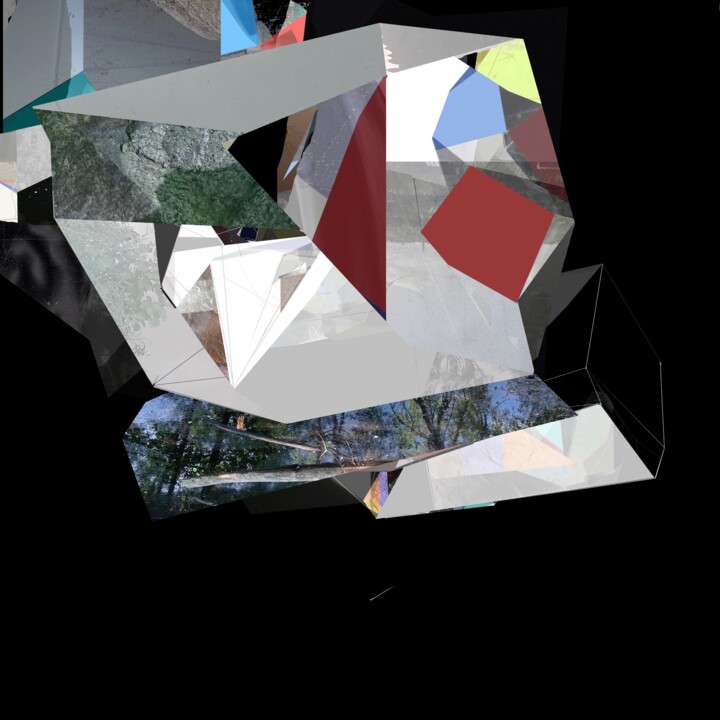
©2024 Stefan Fransson
Related Famous Artists
Contemporary artists who are renowned for their work on contemporary Cubism Digital Arts include George Condo, Peter Halley, and Frank Stella.
George Condo is a highly respected American artist who is well-known for his abstract portraits. His paintings are characterized by their cubist-inspired style, which is characterized by fragmented forms and bold colors. Condo’s work is highly sought after by collectors and is frequently exhibited in major galleries around the world.
Peter Halley is an American painter who is famous for his geometric abstractions. His work is characterized by its use of bright colors and bold shapes, which are often arranged in a grid-like pattern. Halley’s paintings are inspired by the urban environment and the way in which technology shapes our lives.
Frank Stella is an American painter and printmaker whose work is characterized by its use of simple geometric shapes and bold colors. His work has been described as a fusion of abstract expressionism and minimalism, and is often associated with the hard-edge painting movement. Stella’s work is highly influential and has been exhibited in major museums around the world.
These artists have all made significant contributions to the world of contemporary Cubism Digital Arts, and their work continues to inspire and captivate audiences around the world. Their use of bold colors, simple geometric shapes, and fragmented forms have helped to redefine the genre of abstract art, and their influence can be seen in the work of many contemporary artists today.

©2024 Irina Bast
Notable contemporary Cubism Digital Arts
Contemporary Cubism is a dynamic art movement that has brought a fresh perspective to the traditional Cubism style. Here are some of the most well-known Cubism Digital Arts that have captured the attention of art enthusiasts worldwide.
One of the most iconic works of contemporary Cubism is "The Persistence of Memory" by Salvador Dali, created in 1931. This artwork features a melting clock juxtaposed against a barren landscape, and it captures the surrealistic essence of the Cubist movement.
Another renowned artwork is "Les Demoiselles d’Avignon" by Pablo Picasso, created in 1907. This masterpiece features five nude women in a fragmented, geometric style that defies traditional ideals of beauty. It is a powerful statement on the changing attitudes towards femininity and sexuality in the early 20th century.
David Hockney’s "Pearblossom Hwy., 11-18th April 1986, #2" is a contemporary take on the Cubist style, created in 1986. This artwork features a vibrant, layered landscape that showcases the beauty of the California desert. It is a testament to Hockney’s skill in blending traditional techniques with modern technology.
"Composition VIII" by Wassily Kandinsky, created in 1923, is a stunning example of Cubism’s influence on abstract art. This artwork features a complex network of intersecting lines and shapes that create a sense of movement and energy. It is a true masterpiece of the Cubist movement.
Finally, "Three Musicians" by Pablo Picasso, created in 1921, is a stunning portrayal of the Cubist aesthetic. This artwork features three musicians in a fragmented style that conveys the energy and passion of their music. It is a testament to Picasso’s ability to capture the essence of his subjects in a bold and innovative way.
Overall, contemporary Cubism has produced some of the most innovative and dynamic artworks in the history of art. These masterpieces continue to inspire and captivate audiences worldwide, and they showcase the power of art to transcend time and space.

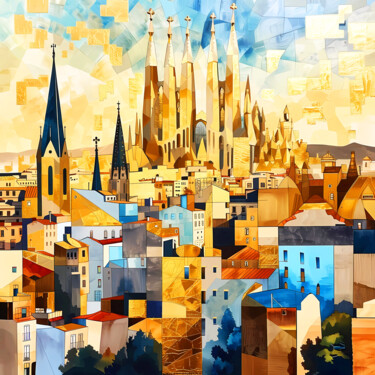
Irina Bast
数字艺术 | 39.4x39.4 in

Maria Tuzhilkina
数字艺术 | 31.5x31.5 in
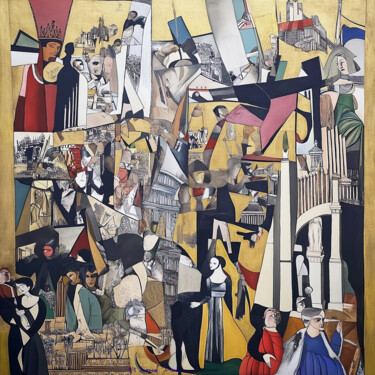
Emanuel Baumann
数字艺术 | 29.9x29.9 in

Maria Tuzhilkina
数字艺术 | 31.1x20.9 in

Frédéric Font (Chroma)
数字艺术 | 47.2x31.5 in

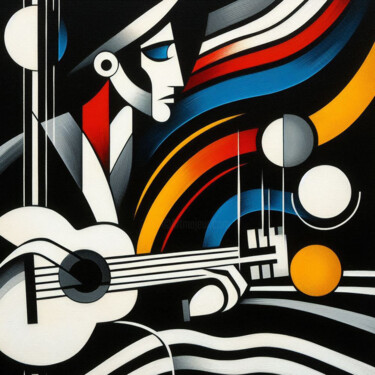
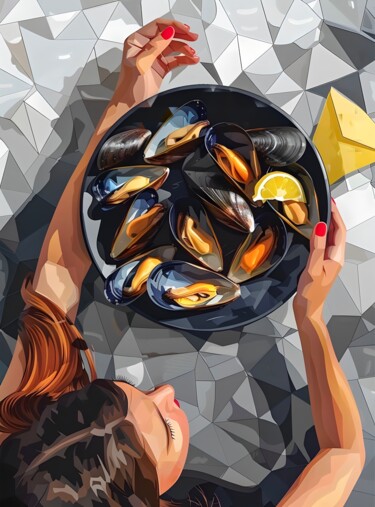
Maria Tuzhilkina
数字艺术 | 31.5x23.6 in



Maria Tuzhilkina
数字艺术 | 31.5x31.5 in
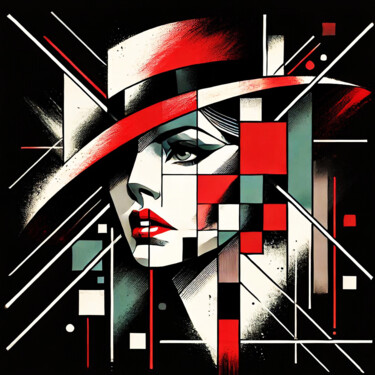
Lee Eggstein
数字艺术 | 47.2x47.2 in

Lee Eggstein
数字艺术 | 47.2x47.2 in
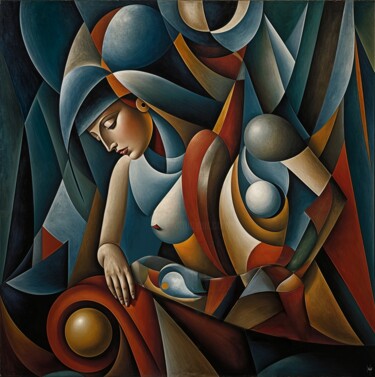

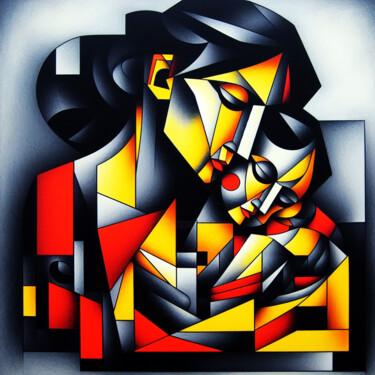
Lee Eggstein
数字艺术 | 47.2x47.2 in

Lee Eggstein
数字艺术 | 47.2x47.2 in


















